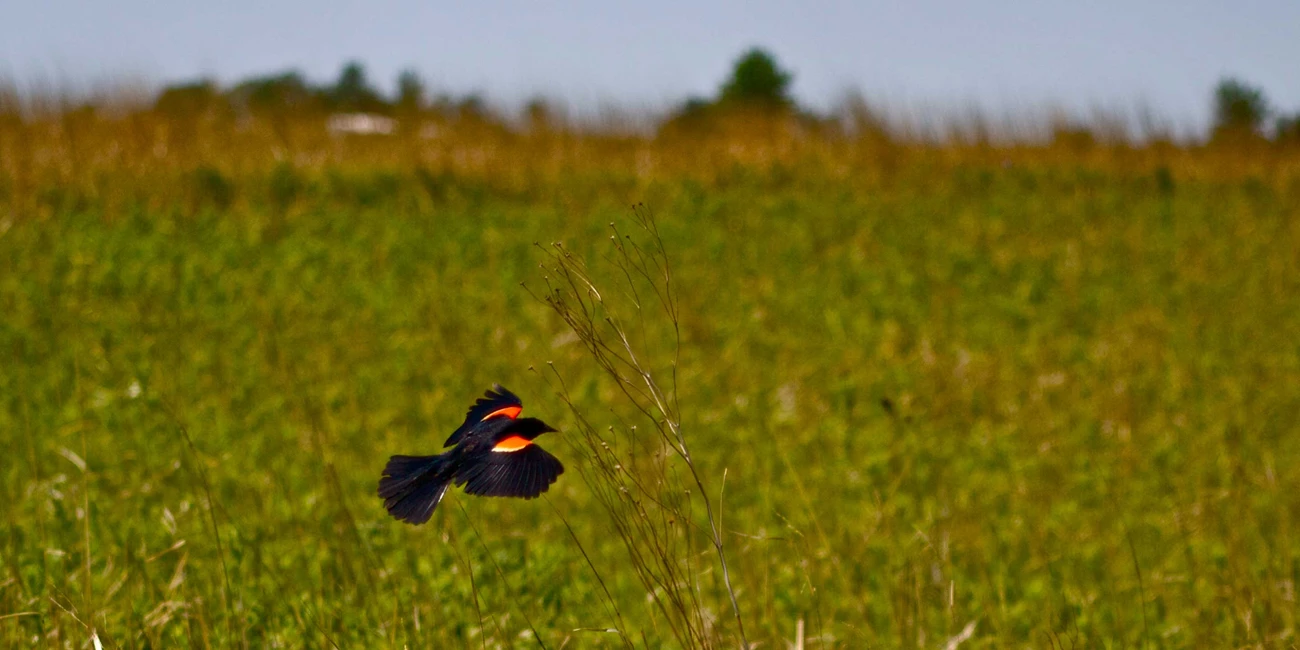Last updated: September 1, 2022
Article
Bird Community Monitoring at Herbert Hoover National Historic Site

NPS Photo
An Important Component Of The Park Ecosystem
Birds intrigue and excite visitors, having become an important part of park interpretive programs. Beyond the pleasure that birds provide, they are a significant component of park ecosystems. Their high metabolism and position in the food web make them indicators of change in an ecosystem – the canary in the coal mine, so to speak. Preserving habitat for the wellbeing of bird populations preserves entire ecosystems for the benefit of all species.
Assessing change
The NPS Heartland Inventory and Monitoring Network monitors change in bird community composition and bird abundance to determine the health of bird communities. They accomplish this by surveying seasonal and year round resident birds in the park during the breeding season. These data and an evaluation of habitat structure and composition contribute to assessing responses of bird communities to changes in their habitat, and contribute to assessing habitat integrity. Changes in populations of certain species in decline (species of concern) across the bird conservation region the park is located in, contribute to assessing the influence of park habitat on the bird community. Since 2005, surveys provide data on populations and breeding habitat of birds in the park.
Status & Trends
Scientists recorded 62 bird species during May-June site visits in the nine years after initiating monitoring. Sixty-one of those species are considered breeding birds because they are permanent or summer residents to the historic site. Four breeding species are considered species of concern for the North American Bird Conservation Initiative’s conservation region in which the park is located (Eastern Tallgrass Prairie Region). Three species recorded at the park showed negative population trends, while their 46-year regional trends have been positive. In contrast, 14 species (including one of regional concern) showed positive trends on the park while their longterm regional trends have been negative. Additionally, scientists have found that:
- The Dickcissel was the only species of regional concern recorded in 2013.
- Along with the species shown, Eastern Meadowlark, Mourning Dove, and American Goldfinch were among the most commonly occurring species.
